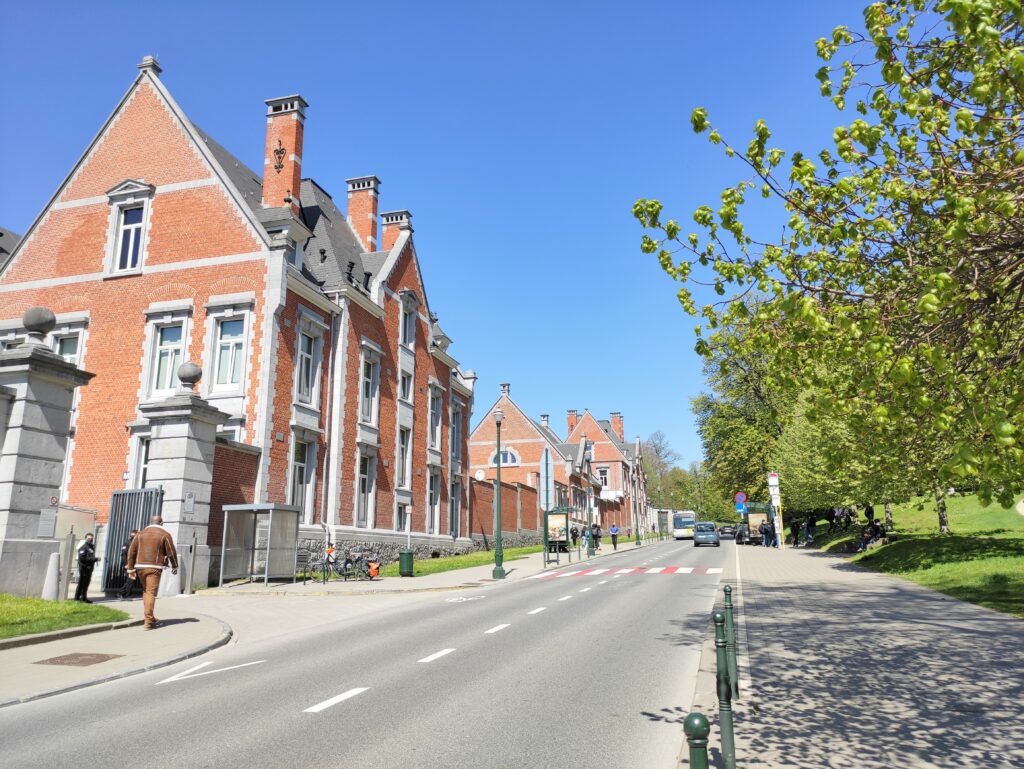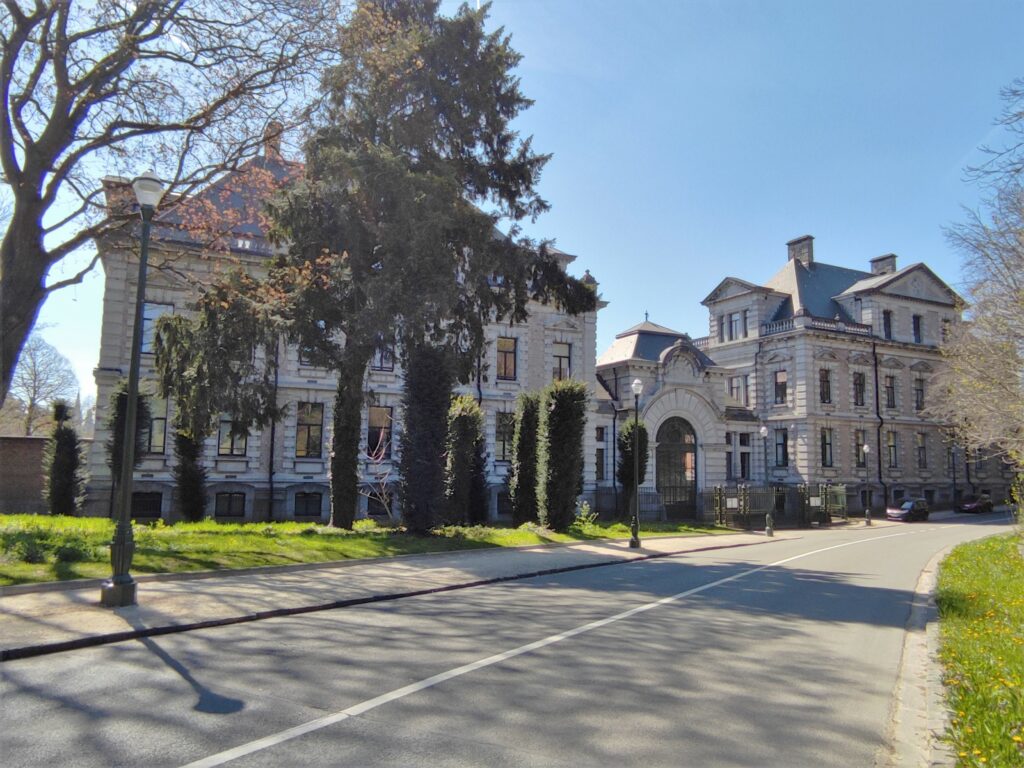
OUR SCHOOL
![]()
EEB4
The European School of Brussels IV was inaugurated in 2007 in Berkendael (Uccle). It was moved to its current location, Laeken, in 2012.
Our school counts an approximate number of 3200 pupils in 8 language sections: Bulgarian, Dutch, English, Estonian, French, German, Italian and Romanian.
Educated side by side, untroubled from infancy by divisive prejudices, acquainted with all that is great and good in the different cultures, it will be borne in upon them as they mature that they belong together. Without ceasing to look to their own lands with love and pride, they will become in mind Europeans, schooled and ready to complete and consolidate the work of their fathers before them, to bring into being a united and thriving Europe.
Mr Marcel DECOMBIS, Head of European School, Luxembourg between 1953 and 1960
Other schools
There are currently 13 European Schools (Alicante, Brussels I (Uccle + Berkendael), Brussels II (Woluwé), Brussels III (Ixelles), Brussels IV (Laeken), Frankfurt am Main, Mol, Bergen, Karlsruhe, Munich, Varese, Luxembourg I & Luxembourg II), in six countries (Belgium, Netherlands, Germany, Italy, Spain and Luxembourg), with a total of about 27,650 pupils on roll.
More information on the website of the Office of the Secretary-General of the European Schools (OSGES).
![]()
European Schools
The European Schools are official educational establishments controlled jointly by the governments of the Member States of the European Union. They are legally regarded as public institutions in all of these countries.
The mission of the European Schools is to provide a multilingual and multicultural education for nursery, primary and secondary level pupils. They are aimed primarily for children of staff of the European institutions.
![]()
Educational Principles
Basic instruction is given in the official languages of the European Union. This principle allows the primacy of the pupil’s mother tongue (L1) to be safeguarded.
Consequently, each school comprises several language sections. The curricula and syllabuses (except in the case of mother tongue) are the same in all sections.
The conscience and convictions of individuals are respected. Religious education or education in non-confessional ethics is an integral part of the curriculum.
To foster the unity of the school and encourage genuine multi-cultural education, there is a strong emphasis on the learning, understanding and use of foreign languages. This is developed in a variety of ways.
![]()
Objectives
- To give pupils confidence in their own cultural identity – the bedrock for their development as European citizens;
- To provide a broad education of high quality, from nursery level to university-entrance;
- To develop high standards in the mother tongue and in foreign languages;
- To develop mathematical and scientific skills throughout the whole period of schooling;
- To encourage a European and global perspective overall and particularly in the study of the human sciences;
- To encourage creativity in music and the plastic arts and an appreciation of all that is best in a common European artistic heritage;
- To develop physical skills and instill in pupils an appreciation of the need for healthy living through participation in sporting and recreational activities;
- To offer pupils professional guidance on their choice of subjects and on career/university decisions in the later years of the secondary school;
- To foster tolerance, co-operation, communication and concern for others throughout the school community and beyond;
- To cultivate pupils’ personal, social and academic development and to prepare them for the next stage of education.
- To provide Education for Sustainable Development with a cross curriculum approach in line with European and international documents.
![]()
Structure of studies
The European School system consists of two years of Early Education (nursery cycle), five years of primary and seven years of secondary education.
Pupils are admitted to the nursery school at the beginning of the school year in September of the calendar year in which the child reaches four years of age and pupils shall be admitted to primary year 1 at the beginning of the school year in September of the calendar year in which the child reaches six years of age.
| Cycle | Classes | Age |
|---|---|---|
| Early education (Nursery) | 1-2 | 4-5 |
| Primary | 1-5 | 6-10 |
| Secondary
Observation cycle Pre-orientation cycle Orientation cycle |
1-7
1-3 4-5 6-7 |
11-18
11-13 14-15 16-18 |
More information on the website of the OSGES.
![]()
A little bit of History
The European School Brussels IV (Laeken) is located on an exceptional site which has an extraordinary story.


Drève Sainte-Anne, 88 before (unknown year) and now (2021)
The first buildings were erected in 1899 to welcome the Grenadiers in charge of supervising and protecting the neighbouring royal estate. Over time, the site was given various affectations: Home to the air defense regiment during the inter-war period, school to the Cadets from 1948 to 1991, training center for the Belgian federal police.


Avenue des Robiniers, before (unknown year) and now (2021)
Among the noticeable people who worked on the school premises is the grammarian Maurice Grevisse who taught here until 1957.


